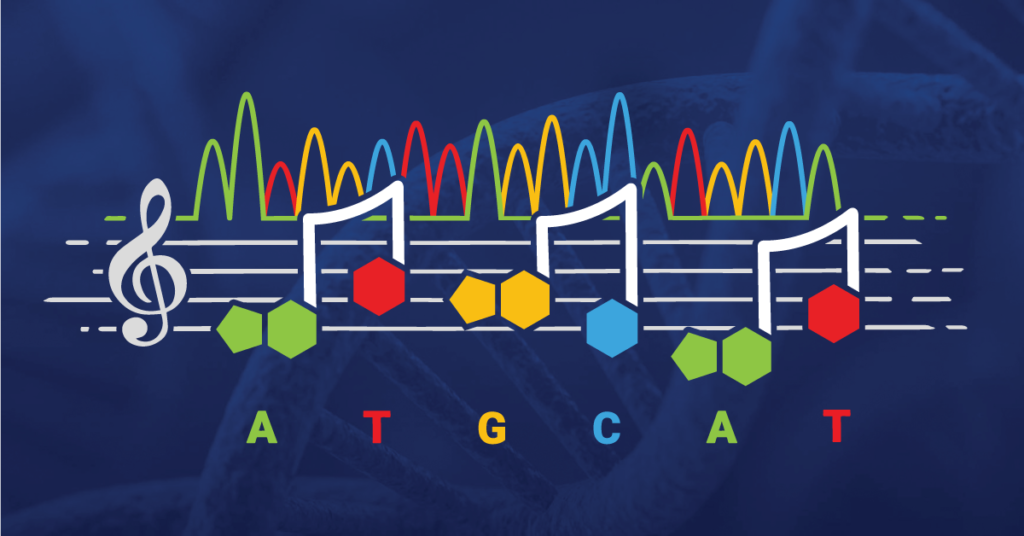Researchers looking for new chemistry for Sanger sequencing need look no further than the ProDye™ Terminator Sequencing System, developed by Promega for use in capillary electrophoresis instruments. Sanger sequencing, or dye-terminator sequencing, has been the gold standard of DNA analysis for over 40 years and is a method commonly used in labs around the world. Even as new technologies emerge, Sanger sequencing remains the most cost-effective method for sequencing shorter pieces of DNA.

The ProDye™ Terminator Sequencing System is designed to fit in to established sequencing workflows and is compatible with a wide variety of different DNA templates, thermal cyclers, cleanup methods and CE platforms. ProDye was developed to be used with the recently released benchtop Spectrum Compact CE System but may also be used with the other genetic analyzers currently on the market. ProDye™ chemistry comprises a proprietary thermostable DNA polymerase and can be scaled to accommodate Sanger sequencing at any throughput. The reaction setup is familiar and includes all the components needed for sequencing in a ready-to-use, premixed format.
The ProDye™ Terminator Sequencing System is designed for a wide range of applications, including sequencing a region of the SARS-CoV-2 genome to reveal point mutations. No matter the application, Promega’s technical scientists are available to offer comprehensive technical support for any sample type or instrument.
Promega’s ProDye™ Terminator Sequencing System can be implemented on any CE instrument, including the Spectrum Compact CE System. Learn more in this blog post.
Learn more about the ProDye™ Terminator Sequencing System.
Are you a student just learning about different sequencing methods? You can learn more about the history and development of Sanger sequencing.
Latest posts by AnnaKay Kruger (see all)
- Elephants May Call Each Other By Name - July 16, 2024
- Studying Episodic Memory through Food-Caching Behavior in Birds - April 16, 2024
- A Silent Killer: Tracking the Spread of Xylella fastidiosa - March 27, 2024
